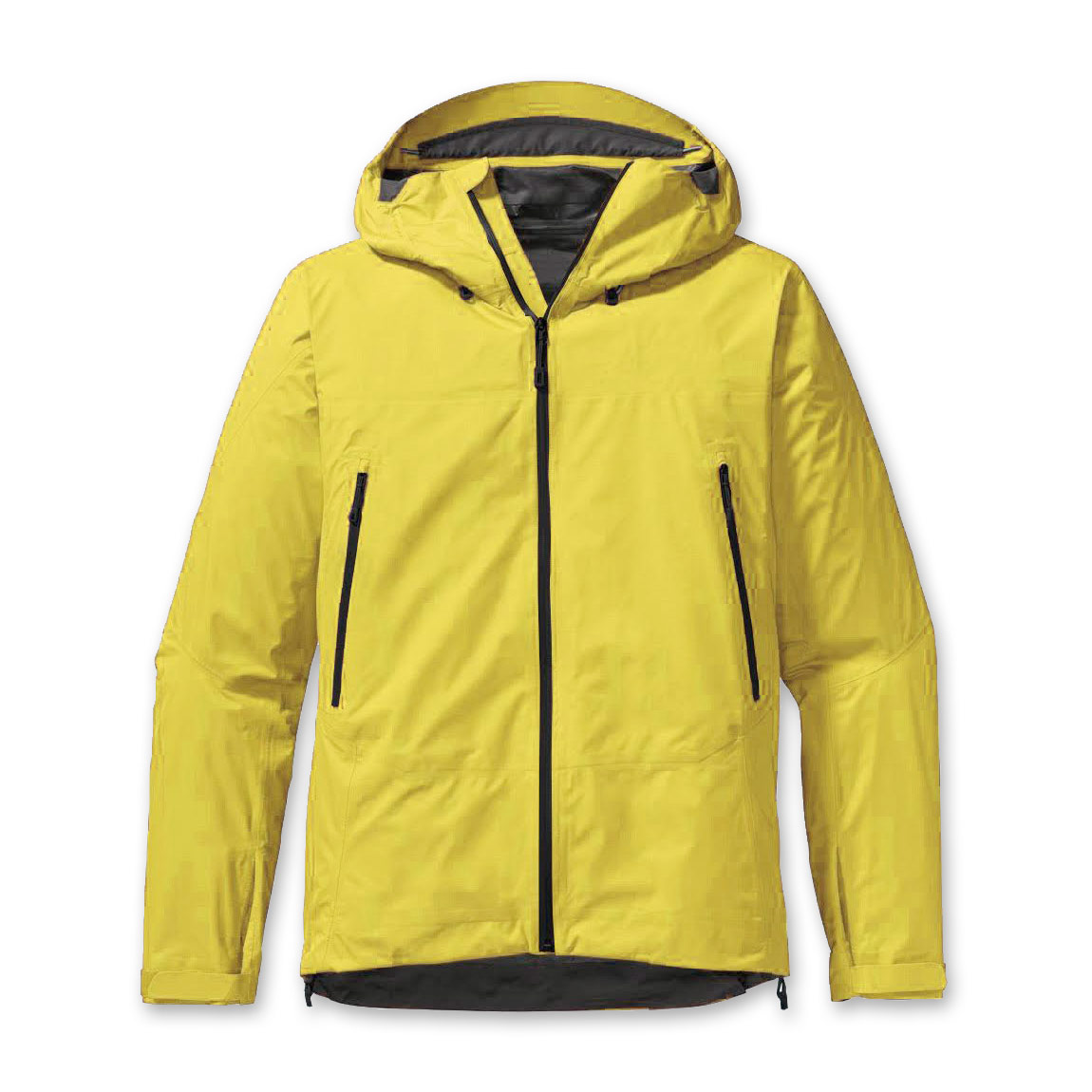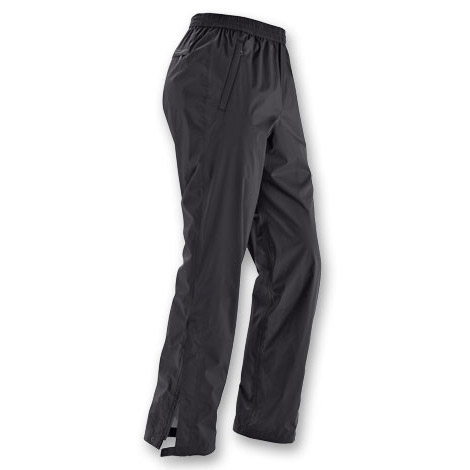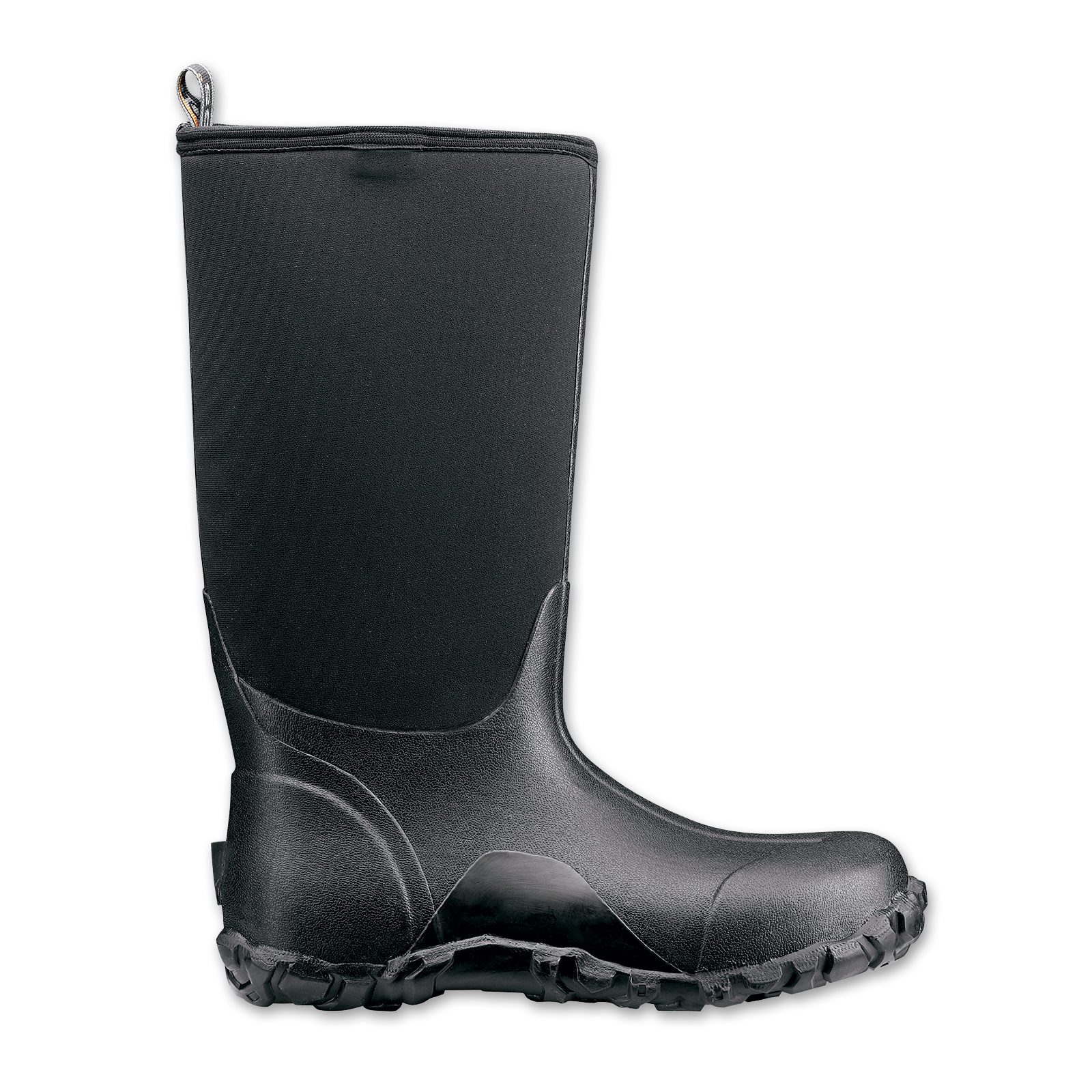What to Pack
You will be visiting Antarctica during the summer months, so while Antarctica is a continent of extremes being the highest, driest, windiest and coldest of all continents the great news is that you will be visiting during the relatively warm months so will not be faced with weather quite so extreme. The normal weather encoutered in the Antarctic Peninsula between November and March ranges from -5oC to +5oC, while in the Sub-Antarctic Islands the temperature will be relatively more mild ranging from +2oC to +8o. Only if you venture further south to the Ross Sea Region will you encounter lower temperatures during a ship based expedition, here the temperatures can be as low as -20oC during voyages which visit in February.
The other good news is that the ships you will be travelling aboard are kept warm and comfortable inside, inside temperartures are usually around 20oC and you are quite comfortable wearing one or two layers, similar to what you would while at home when it is cool outside.
Exactly what you choose to take with you depends on your personal preferences and also if you will be provided with a jacket / outdoor gear by the ship you are travelling aboard. Our biggest recomendation is that to be prepared for the variety of weather which you could encounter the best option is to take layers which allows you to layer up and be warm on a cold day out in the zodiacs but if you are hiking on a warm day you can quickly loose those layers and stay comfortable. Full details on what is provided by the ship you will be travelling aboard will be provided by Antarctic Expeditions along with expedition specific packing lists.



In general terms our recomendation is that you will need a wind and waterproof outer shell layer (this may be provided by the ship, if not you will need to bring yourself), for underlayers we would suggest several thin layers such as polyproplene or merino plus a thicker layer like Polar Fleece or similar. Our experience has also taught us that having a down jacket handy is a great option, they keep you warm on those extra cold outings but are even more useful when there is wildlife outside and you want to quickly head out on the ships deck. In addition to these layers a good set of hats, gloves and warm socks in important. Rubber boots are necessary for the zodiac landings and are usually suitable to wear for local explorations ashore as well, in many cases these will also be available aboard ship but if not you will need to either rent or purcahse a pair of these.
If you have any questions about appropriate clothing the Antarctic Expeditions staff are available to assist as well, it is important to get your clothing right because afterall there is nothing worse than not enjoying a landing because you are cold!
